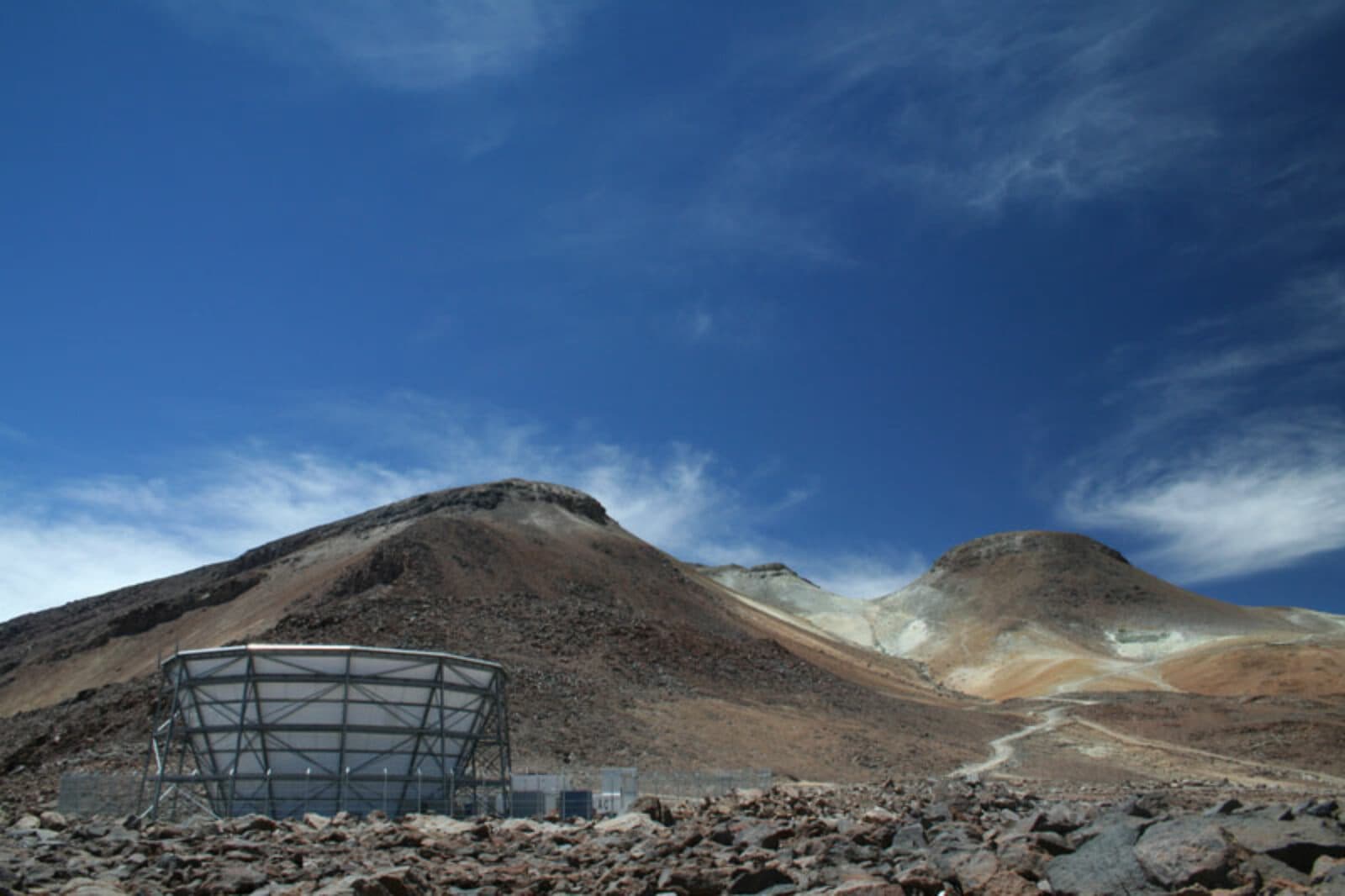Understanding Dark Energy Through CMB Observations

(Originally published by Stanford University)
November 4, 2010
Multiple probes of the Universe’s expansion rate suggest a concordant model where dark matter and dark energy dominate the large scale evolution of the Universe. Dark energy, which is the entity responsible for the Universe’s accelerated expansion, is usually thought to be the energy of the vacuum of space. However, simple particle physics considerations predict a vacuum energy that is 120 orders of magnitude larger than the observed value. This has inspired alternative suggestions as to the nature of dark energy such as a scalar field or a breakdown of General Relativity on the largest scales.
Measuring the growth of structure (dark matter halos) over cosmic time is a probe of cosmology independent of the expansion rate and capable of distinguishing between differing plausible theories of dark energy. One way to measure this growth of structure is by determining the abundance of clusters of galaxies as a function of distance away from us. Galaxy clusters are the largest gravitationally bound objects in the Universe, and they consist of dark matter, hot ionized gas, and hundreds to thousands of galaxies.
A promising technique to detect galaxy clusters is to find them in maps of the cosmic microwave background (CMB) radiation through the Sunyaev-Zel’dovich (SZ) effect. The SZ effect arises when CMB photons scatter off the hot gas in a galaxy cluster, which gives a boost to the initial photon energy, making the CMB slightly brighter at some frequencies and slightly dimmer at others. This imprints a unique signature of the galaxy cluster in a CMB map, with a signal strength proportional to the cluster mass. The SZ effect is also nearly independent of the distance of the galaxy cluster from us because the CMB photons serve as a backlight. This allows us to find galaxy clusters, including ones not previously known, from the time of their first formation to the present. Once detected, optical observations are used to measure the distance to each cluster. Measuring the abundance of galaxy clusters in this way serves as a powerful probe of structure growth and dark energy.
Kavli Institute for Particle Astrophysics and Cosmology astrophysicist Neelima Sehgal recently led an analysis of the first cosmological constraints from SZ-detected clusters found by the Atacama Cosmology Telescope (ACT). ACT is a ground-based CMB viewing instrument located in the Atacama desert in Chile and funded by the National Science Foundation. ACT, along with another experiment called the South Pole Telescope (SPT), are the first instruments with the resolution and sensitivity to detect galaxy clusters in CMB maps. In ACT’s first full observing season, 23 SZ-detected clusters were found, half of which were previously unknown clusters. The detected clusters span a redshift range from 0.15 to 1.07, which corresponds to a range of time from 2 billion to 8 billion years ago. This demonstrates the power of the SZ technique and ACT observations to find clusters out to their first formation times.
Using the most massive clusters in this sample, Sehgal obtained the first cosmological parameter constraints derived from the measured SZ signal of SZ-detected clusters. The parameters constrained include ones that describe the abundance of matter in the Universe and the nature of dark energy. This analysis has revealed values for the cosmological parameters that are consistent with the standard view of dark matter and dark energy, and with dark energy being an energy of the vacuum of space. Going forward, larger SZ-detected cluster samples can be expected in the next few years from ongoing observations by ACT and SPT as well as the recently launched Planck satellite.
This work is based in part on a paper submitted to the Astrophysical Journal and available from the arXiv at arXiv:1010.1025.
